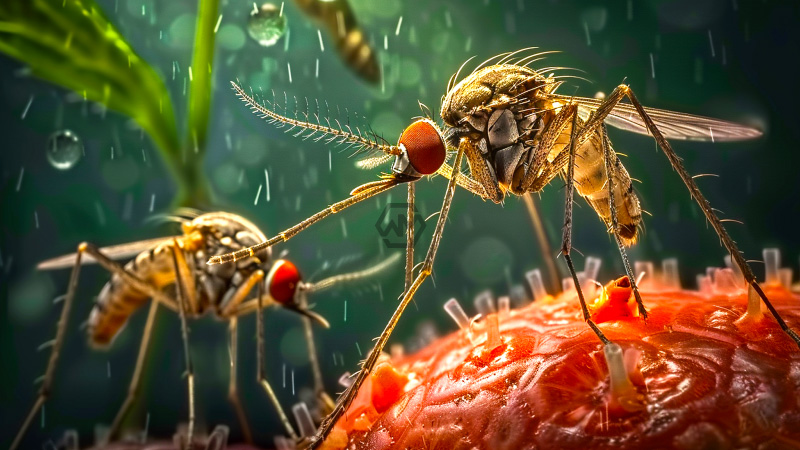- Mosquitoes top the list as the deadliest insects due to disease transmission.
- Other deadly insects include tsetse flies, fleas, and kissing bugs.
- Insects can cause fatalities through disease, allergic reactions, and crop destruction.
Mosquitoes are notorious for being the deadliest insects on the planet, responsible for hundreds of thousands of deaths annually. This is largely due to their ability to transmit life-threatening diseases such as malaria, dengue fever, Zika virus, and West Nile virus.
Apart from mosquitoes, other insects like tsetse flies, fleas, and kissing bugs pose significant threats to human health. Tsetse flies spread sleeping sickness, fleas were instrumental in the historical spread of the Black Death, and kissing bugs transmit Chagas disease.
The Hidden Threats of Deadly Insects
The Anopheles mosquito is a prime example of how a small insect can have a massive impact on human health. Malaria, transmitted by these mosquitoes, remains one of the leading causes of death in tropical and subtropical regions. Despite efforts to control mosquito populations and the availability of treatments, malaria continues to claim hundreds of thousands of lives each year. The mosquito’s ability to adapt and thrive in various environments makes it a persistent and dangerous adversary.
In contrast, the tsetse fly, found predominantly in sub-Saharan Africa, carries the parasite that causes sleeping sickness. This disease disrupts sleep cycles and, if left untreated, leads to death. Efforts to manage tsetse fly populations and treat infected individuals have reduced the prevalence of sleeping sickness, but the threat remains, particularly in rural areas with limited healthcare access.
Fleas, though small and seemingly harmless, have a deadly history. They were the primary vectors of the bubonic plague, which decimated Europe in the 14th century. Today, fleas can still spread diseases, though modern medicine has significantly reduced their impact. However, the potential for outbreaks in unsanitary conditions underscores the need for vigilance.
The Asian giant hornet, while not a major threat to humans in terms of direct fatalities, poses a significant risk to agriculture. These hornets can decimate honeybee populations, which are crucial for pollinating many of the crops humans rely on for food. The loss of honeybees can lead to reduced crop yields and threaten food security, highlighting the interconnectedness of ecosystems and human survival.
Insects, often overlooked in discussions of deadly animals, pose significant risks to human health and food security. Understanding and mitigating these risks is crucial for protecting lives and maintaining global food supplies.
“The deadliest animal in the world is the mosquito.”
– Bill Gates



